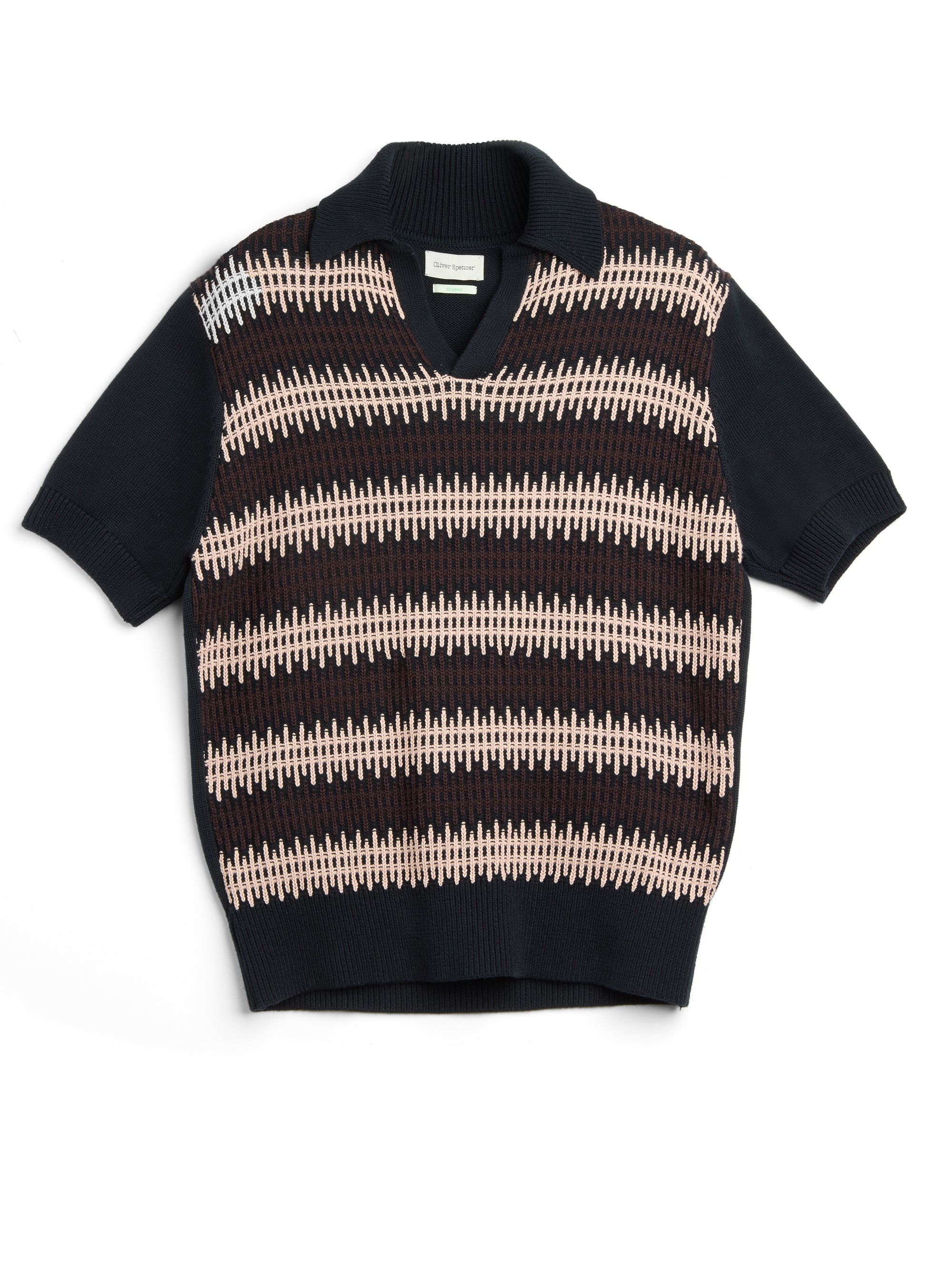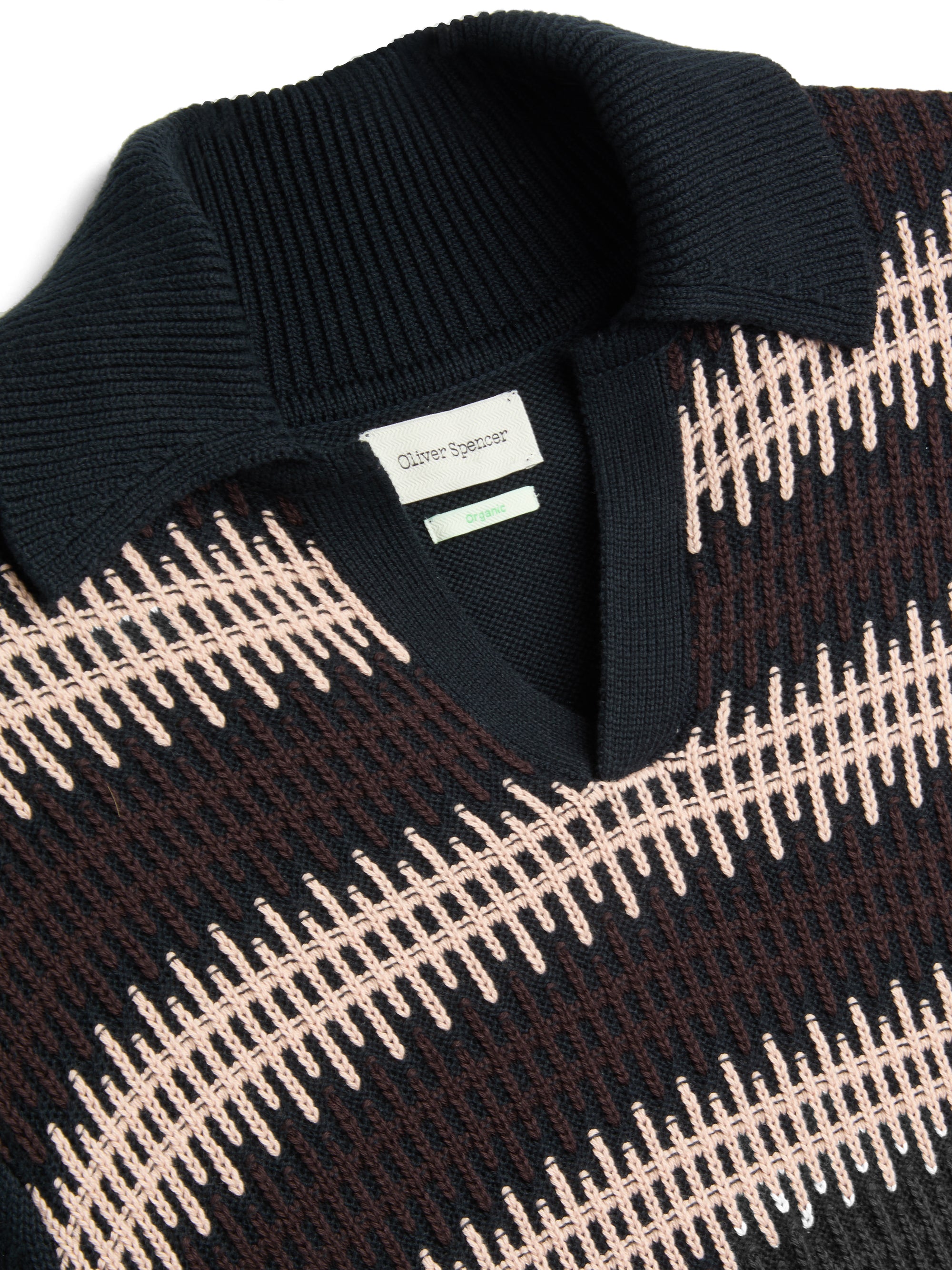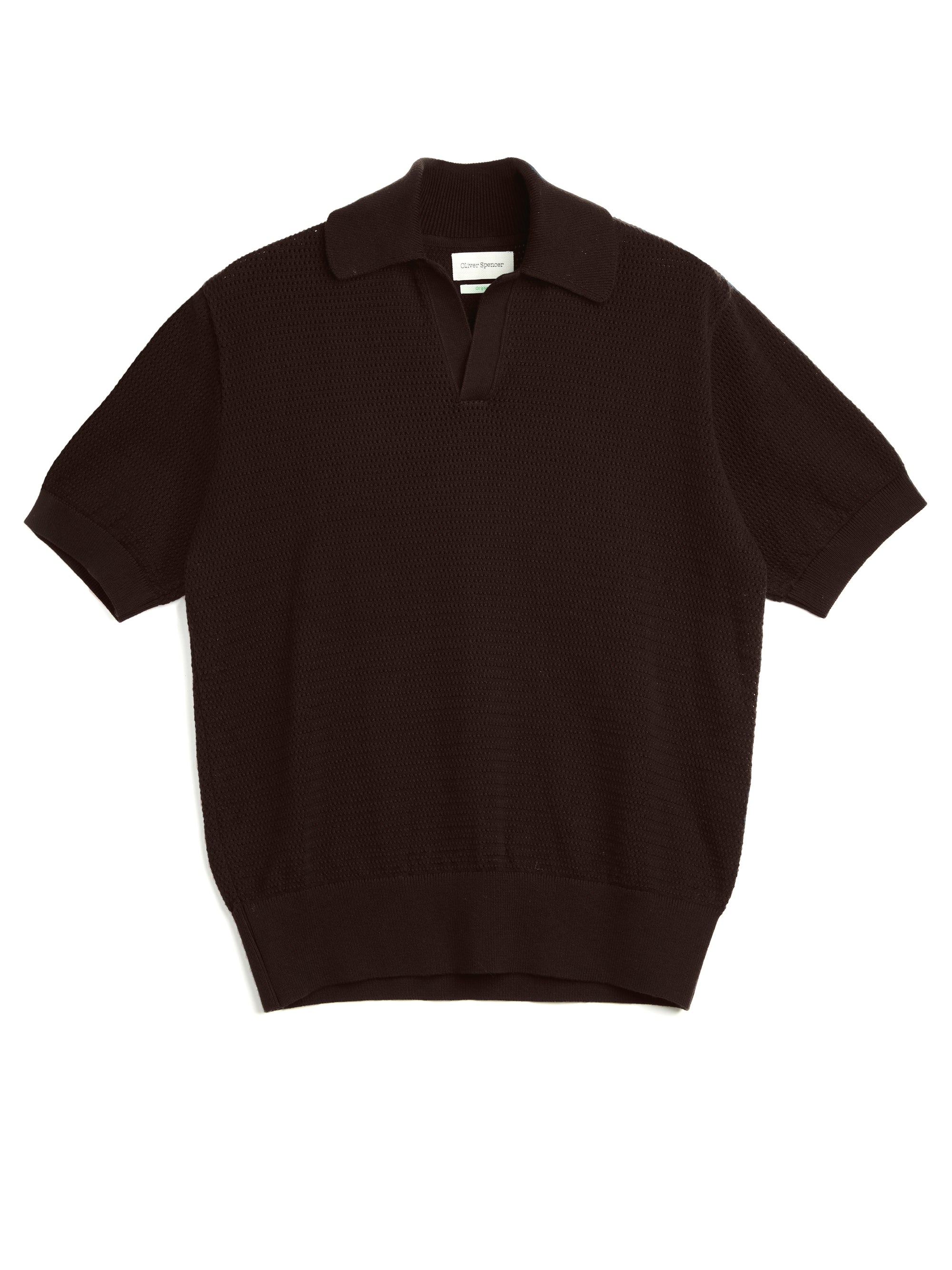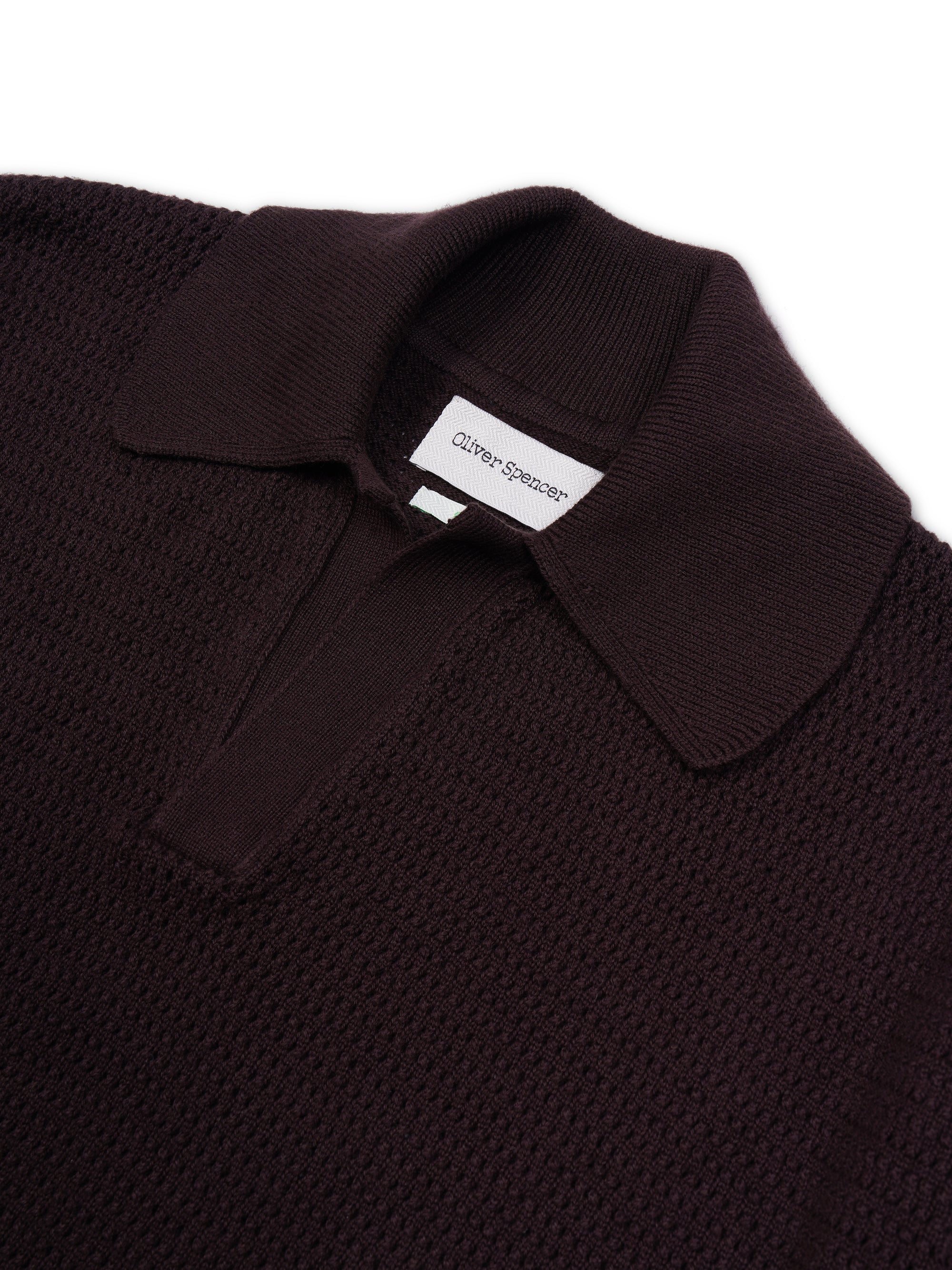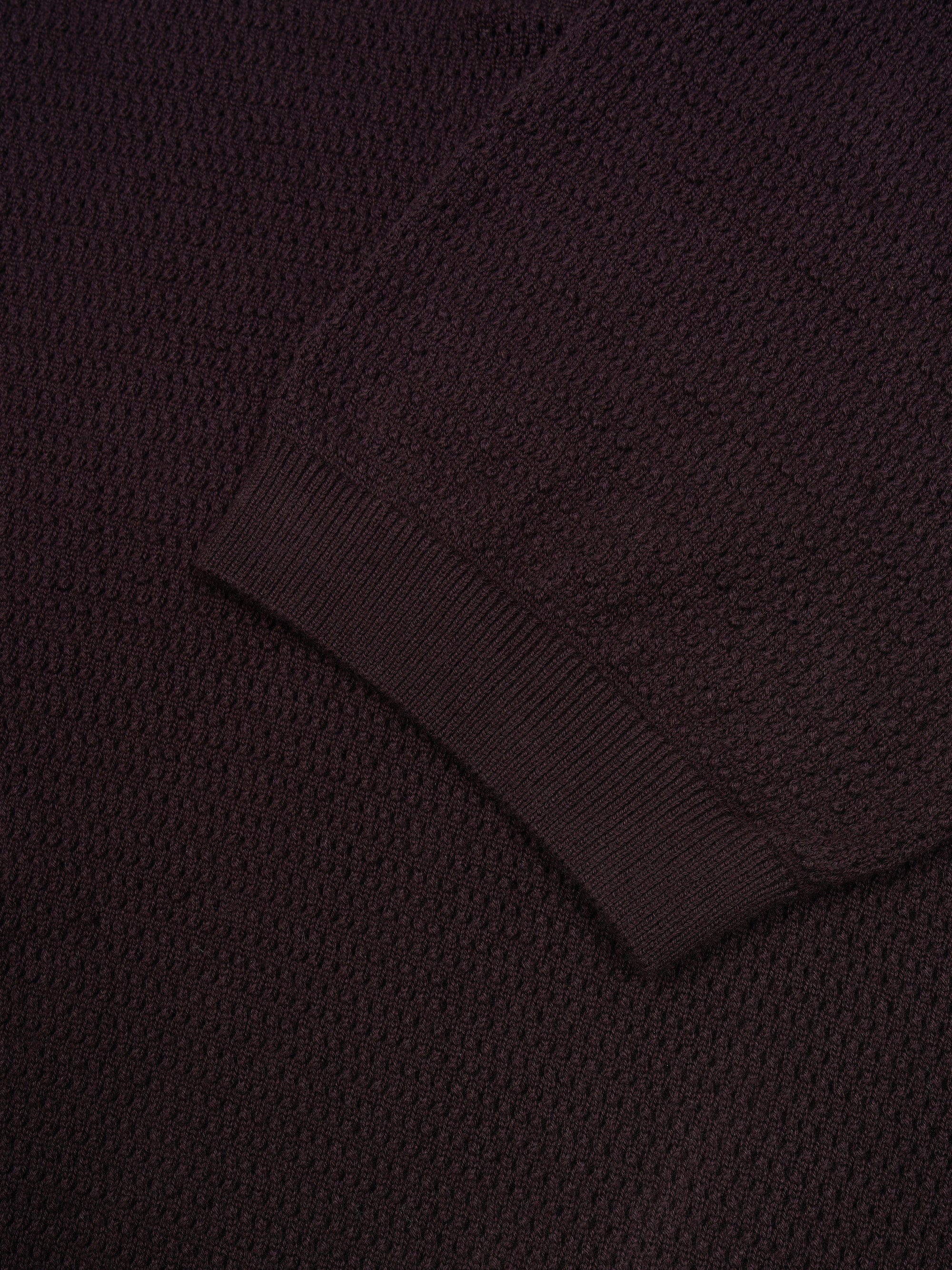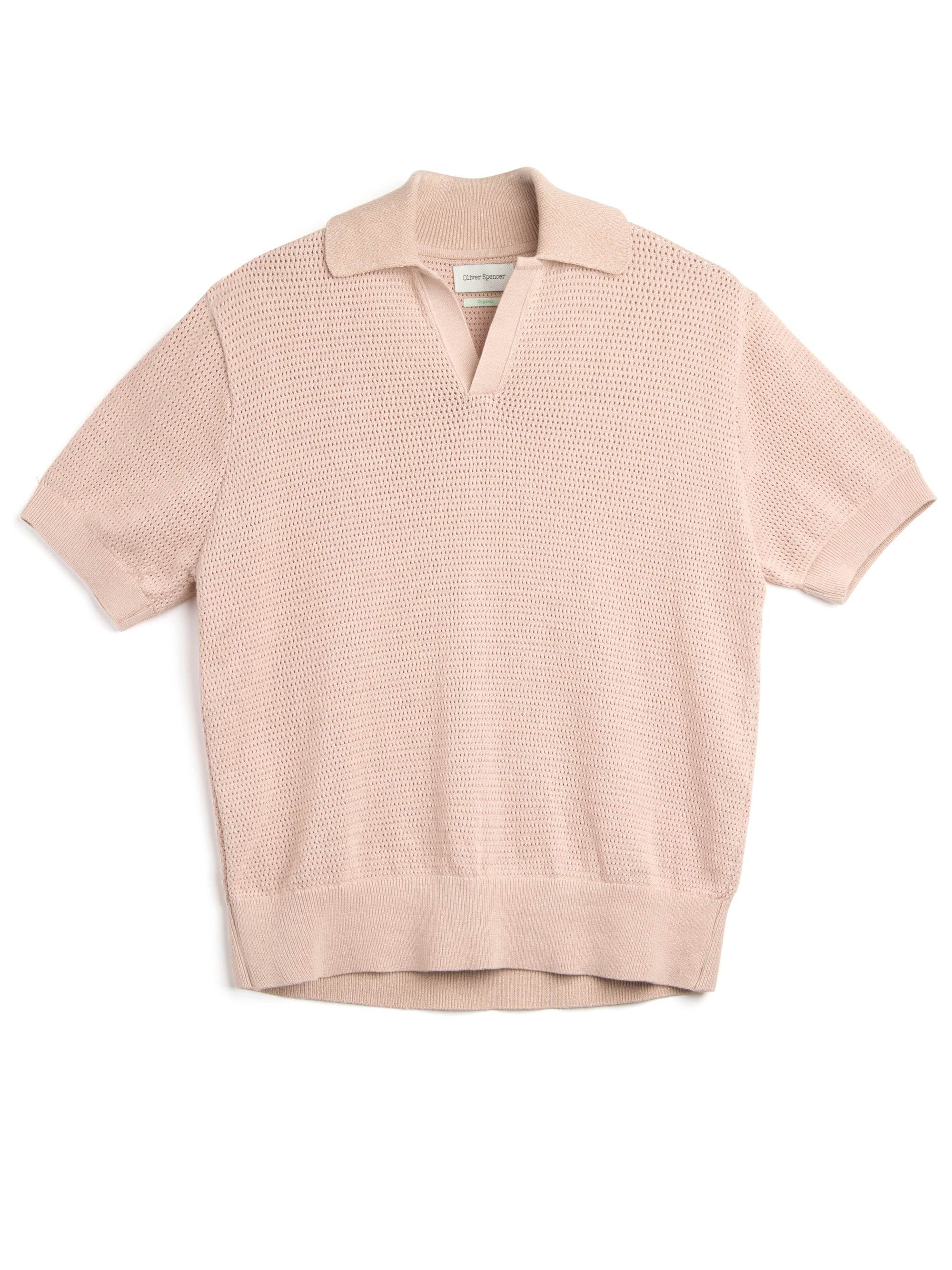Military Roots in Colonial India
The polo shirt’s origins lie not in fashion but in necessity, born on the dusty polo fields of late 19th-century India. British colonial officers, stationed in the sweltering heat of the subcontinent, were avid players of polo, a sport introduced to the West by Persian and Indian cultures centuries earlier. To play, they wore loose, long-sleeved cotton shirts with large spread collars, which were impractical for the fast-paced game. The collars flapped distractingly in the wind, obstructing vision during intense matches on horseback.
To solve this, officers devised an ingenious solution: they fastened the collar tips to the shirt with buttons, creating the first "button-down" collar. This practical innovation laid the groundwork for the polo shirt’s evolution. These early shirts, often made of lightweight madras or oxford cloth, bore little resemblance to the modern polo but established the concept of a collared, sport-friendly garment.
The American Connection: Brooks Brothers and the Polo Shirt’s Commercial Birth
The next chapter in the polo shirt’s history unfolded across the Atlantic, driven by the entrepreneurial vision of John E. Brooks, grandson of Henry Sands Brooks, founder of Brooks Brothers in 1818. During a trip to England in the 1890s, Brooks observed British polo players wearing these button-down collared shirts and recognised their potential. Inspired by the English upper class’s sartorial elegance, he sought to bring this style to the American market.

Brooks Brothers introduced its version of the "polo shirt" in 1896, a long-sleeved, button-down collared shirt made of Oxford cloth. Marketed as a refined yet sporty garment, it quickly gained traction among America’s elite, particularly at Ivy League universities where sports like polo and rowing were popular. This marked the polo shirt’s transition from a military necessity to a commercial product, though it still lacked the short sleeves and breathable fabric of its modern form.
René Lacoste and the Modern Polo Shirt
The polo shirt as we know it today took shape in the 1920s, thanks to French tennis legend René Lacoste. A dominant player, Lacoste won seven Grand Slam singles titles and was the world’s top-ranked player in 1926 and 1927. Beyond his athletic prowess, Lacoste was a pioneer in blending style with performance, recognising that clothing could enhance both a player’s game and their public image.

At the time, tennis players wore stiff, long-sleeved shirts and flannel trousers, which restricted movement and trapped heat. Lacoste, seeking a competitive edge, designed a short-sleeved shirt made of lightweight, breathable piqué cotton - a tightly woven fabric with a textured surface that allowed air circulation. Featuring a soft, unstarched collar and a three-button placket, his design prioritised flexibility and comfort, revolutionising sportswear.
In 1933, Lacoste partnered with knitwear manufacturer André Gillier to launch La Chemise Lacoste, mass-producing his innovative shirt. The garment’s signature crocodile logo, embroidered on the left breast, became one of the first visible brand logos in fashion history. The logo stemmed from Lacoste’s nickname, "The Crocodile," earned after a bet involving an alligator-skin suitcase during a 1923 Davis Cup match. By embracing this moniker, Lacoste created a personal brand that resonated with consumers, cementing the polo shirt’s status as a cultural icon.
Lacoste’s polo shirt was an immediate hit, adopted not only by tennis players but also by golfers, sailors, and casual wearers. Its versatility set it apart from other garments of the era, laying the foundation for the athleisure trend that would emerge decades later.
The Preppy Revolution: Ralph Lauren and Global Adoption
By the mid-20th century, the polo shirt had become a staple of American collegiate culture, particularly among Ivy League students who paired it with khakis and loafers for a polished yet relaxed look. This "preppy" aesthetic caught the eye of designer Ralph Lauren, who saw the polo shirt’s potential to bridge sportswear and high fashion.

In 1967, Lauren launched his Polo Ralph Lauren brand, introducing a line of polo shirts that combined Lacoste’s classic design with vibrant colours and a slightly tailored fit. His shirts became synonymous with aspirational American style, appealing to both the affluent and the middle class. The polo shirt’s association with Ivy League campuses and country clubs gave it an air of exclusivity, yet its affordability made it accessible to a broad audience.
The polo shirt’s cultural reach expanded further in the 1970s and 1980s, as it was adopted by diverse subcultures. In the UK, it became a hallmark of the "casuals" movement, where football fans paired polos with jeans and trainers for a sharp, terrace-ready look. Meanwhile, in urban America, hip-hop artists and streetwear enthusiasts embraced oversized polos, adding their own flair to the garment’s legacy.

The Polo Shirt Today: A Timeless Classic
Today, the polo shirt remains a versatile and enduring piece of clothing, available in countless fabrics, fits, and styles. While piqué cotton remains the traditional choice, modern polos are crafted from merino wool, linen blends, and even performance synthetics for enhanced breathability. Designers have experimented with variations, from slim-fit silhouettes to bold patterns, ensuring the polo’s relevance in contemporary fashion.
Its ability to straddle casual and formal settings has made it a go-to garment for countless occasions. Paired with tailored trousers and a blazer, it offers a smart-casual alternative to a dress shirt. Worn with shorts and sneakers, it evokes laid-back summer vibes. From corporate offices to weekend barbecues, the polo shirt’s adaptability knows no bounds.










